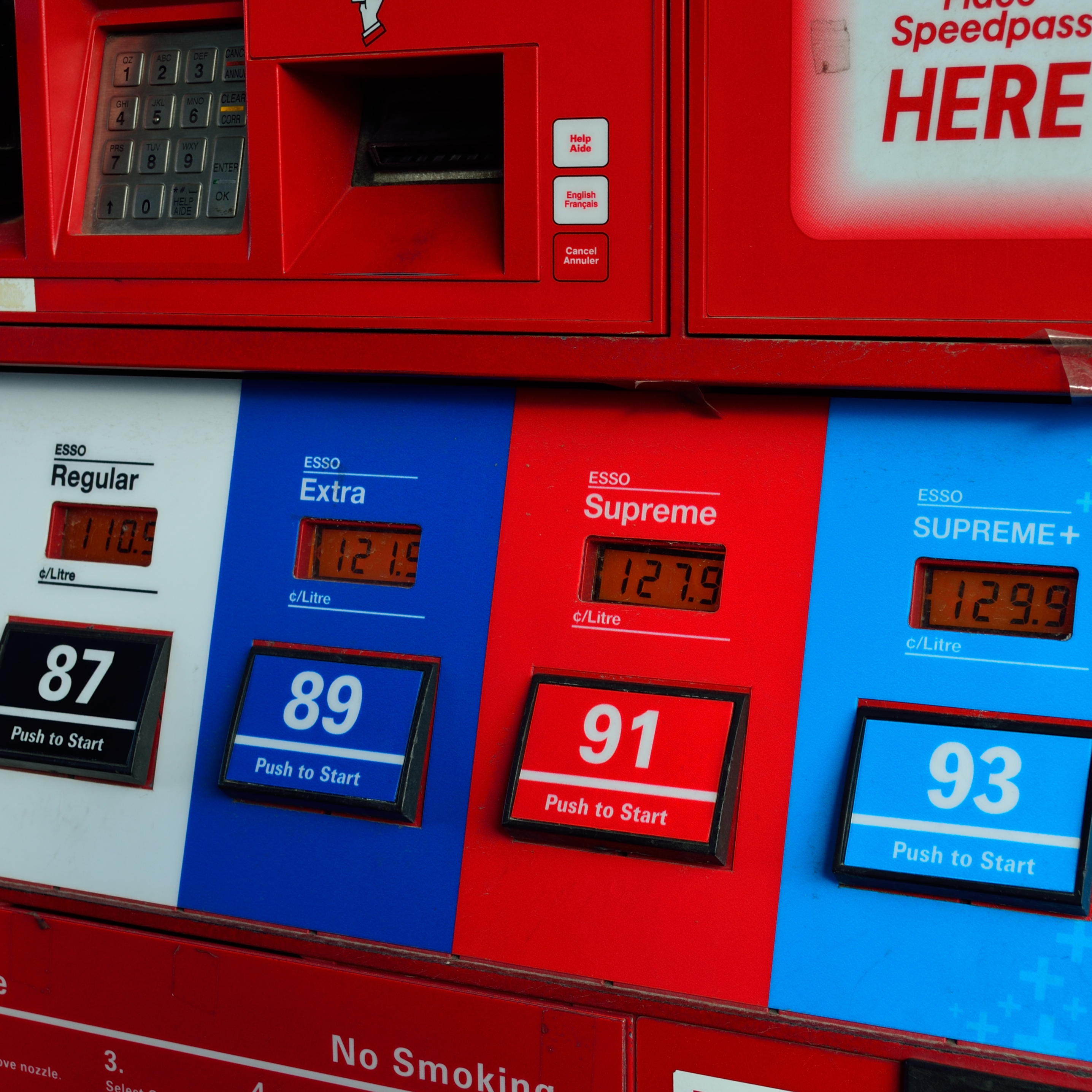Energy
Premium Gasoline Prices Retreat From 2-Decade High: How We Got There

Published:
Last Updated:

According to the latest numbers from the U.S. Energy Information Administration (EIA), 11.2% of all gasoline sold at gas stations in the United States is premium grade. So, with regular gasoline sales accounting for roughly 86.9% of total gasoline sales, the average motorist potentially hasn’t paid much attention to the price of premium gasoline. For the minority of motorists whose cars require premium gasoline, the recent spread between regular and premium has caused sticker shock. The spread has grown rapidly as of late, reaching a record high this past February that hasn’t been matched in over two decades.
From March 2002 to September 2014, the price of premium gasoline cost more than 15% of regular in only one brief period in late 2008, when the housing crisis sunk commodity prices. During that near 13-year period, premium gasoline cost only 9.2% more than regular in the United States. Over the past couple of years, the premium to regular spread had been building. This trend peaked two months ago in February, when premium gasoline cost 29.2% more than regular. With two decades of records erased, what has fundamentally changed to cause this new trend?
While premium grade gasoline accounting for 11.2% of all gasoline being sold may not sound very impressive, that figure represents improved demand from when sales bottomed out at 7.8% in June 2008. Before 2008, premium sales reached as high as almost 16% (2000) of total gasoline sales. From 2000 to late-2008, retail prices were continuing to rise as the retail monthly average for regular gasoline in the United States topped out at $4.04 per gallon in July 2008. These high prices forced many motorists to opt for the cheaper regular fuel grade. During the recession, economic hardship hurt not only premium sales, but all grades of gasoline saw sagging sales figures despite lower prices at the pump.
Thank you for reading! Have some feedback for us?
Contact the 24/7 Wall St. editorial team.